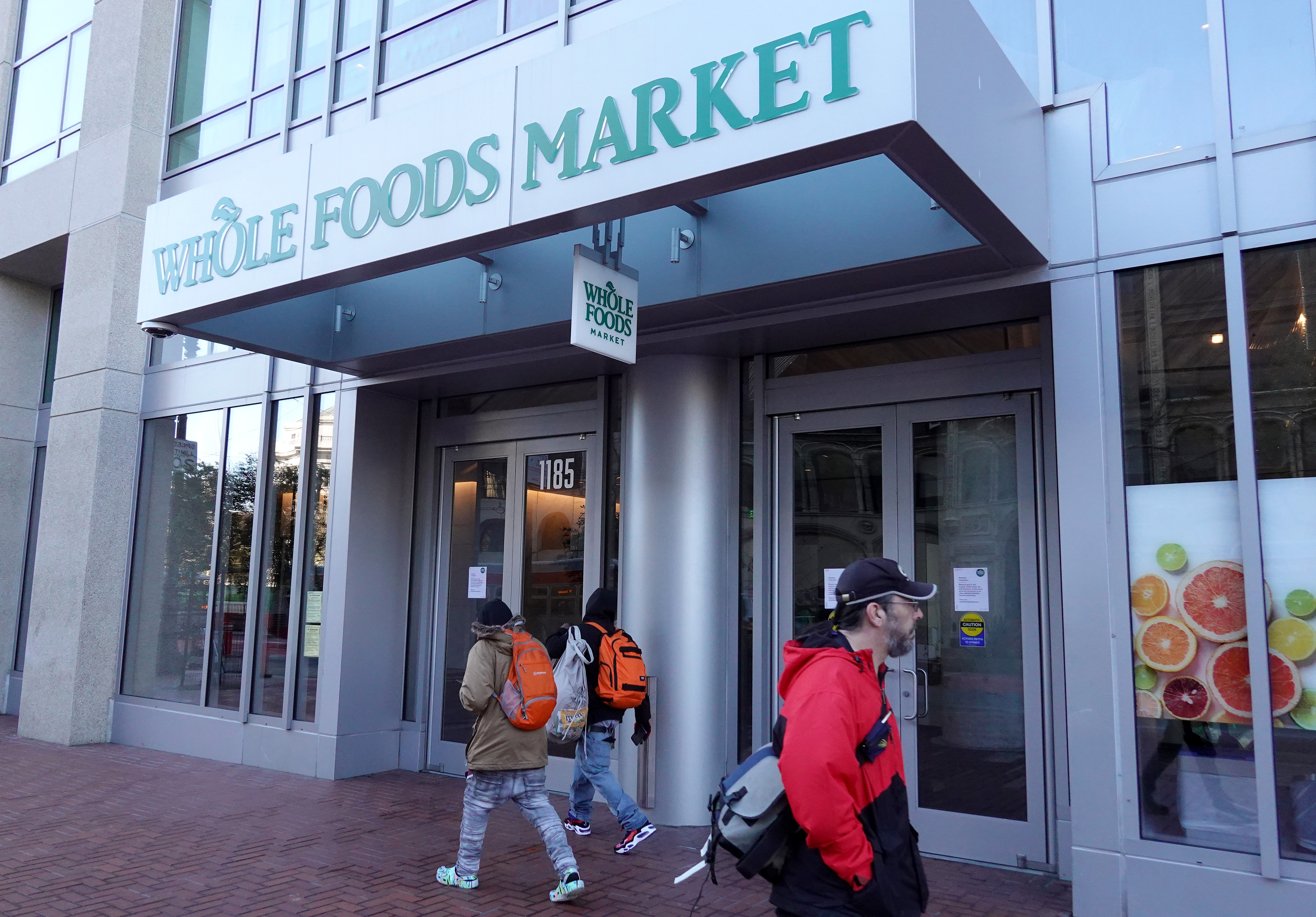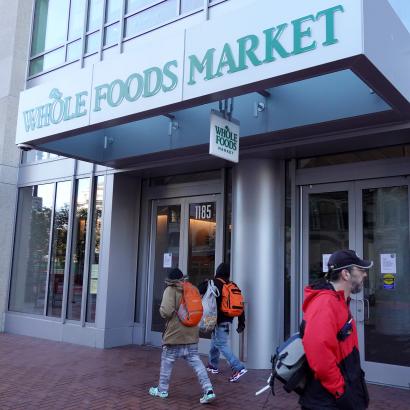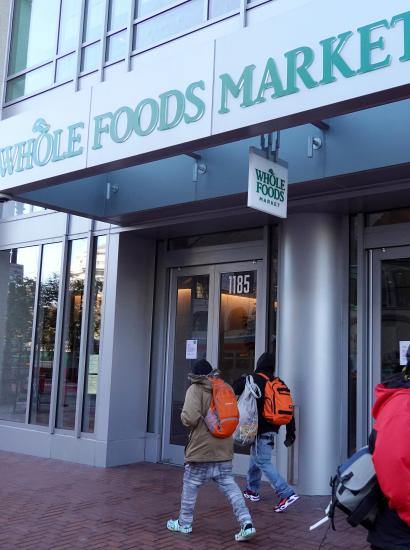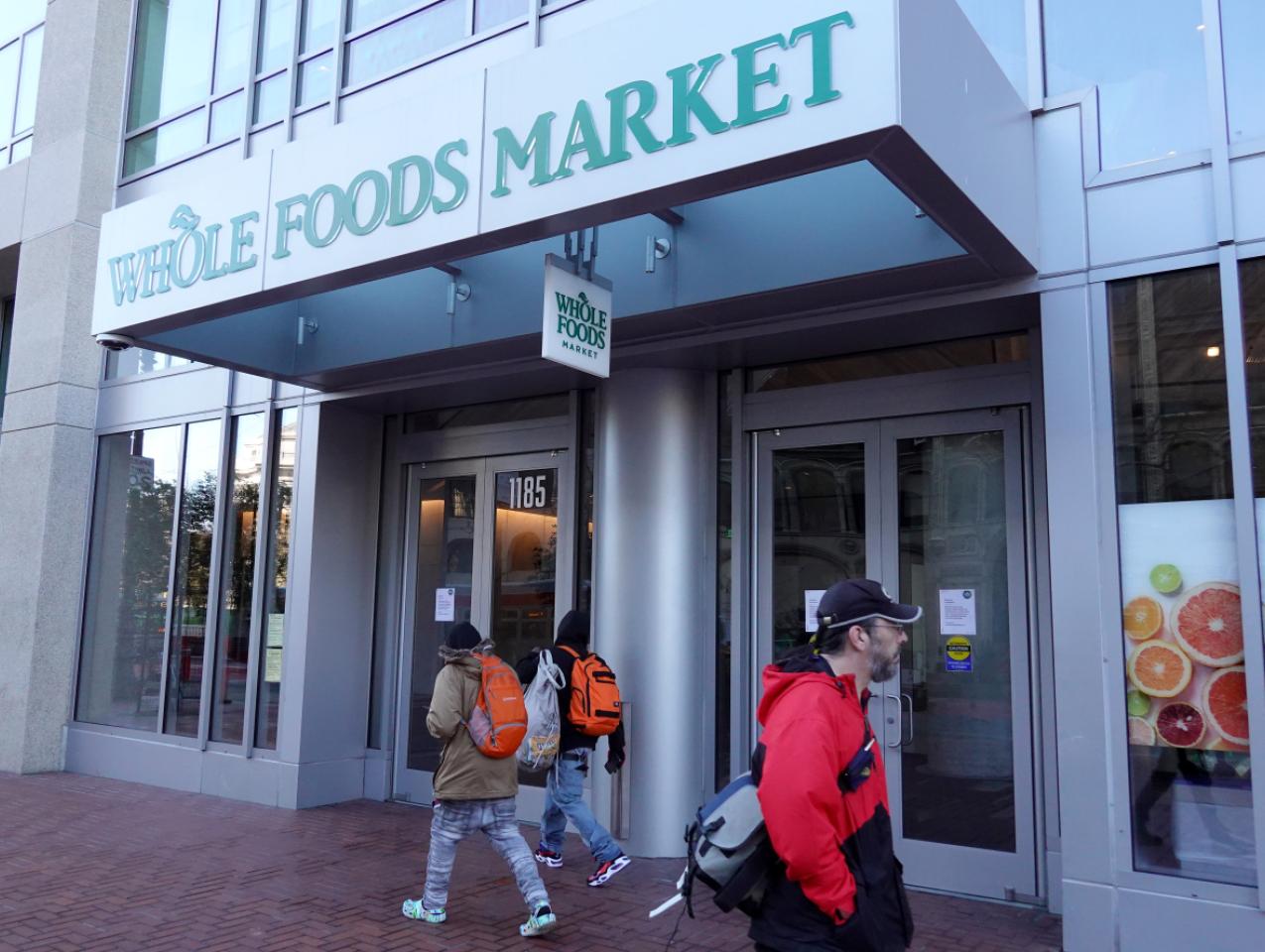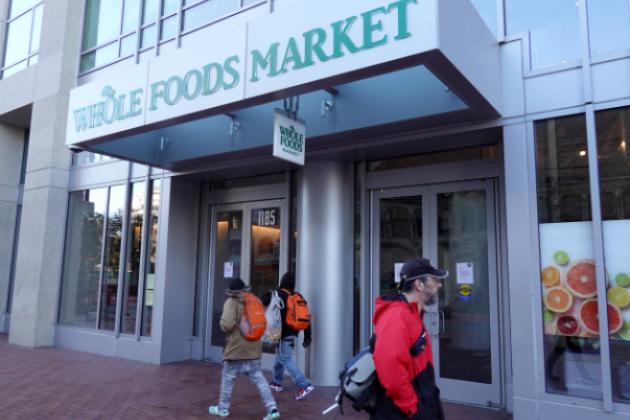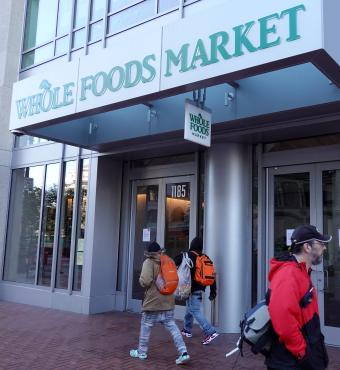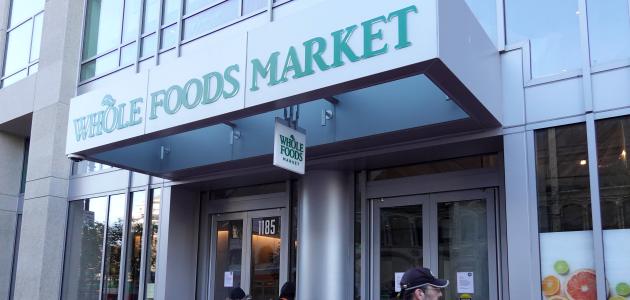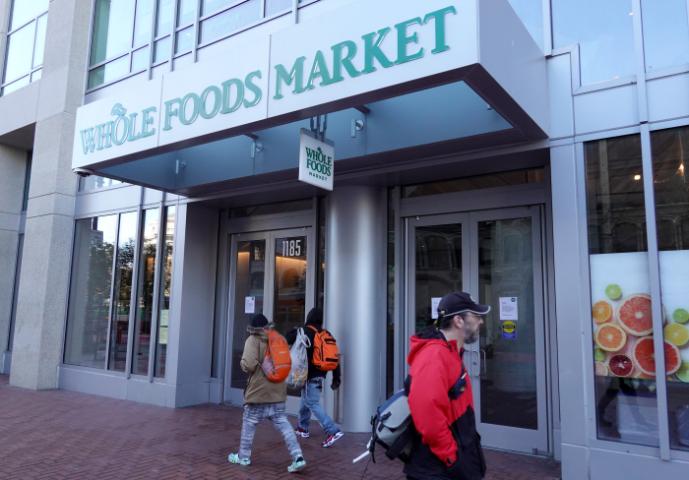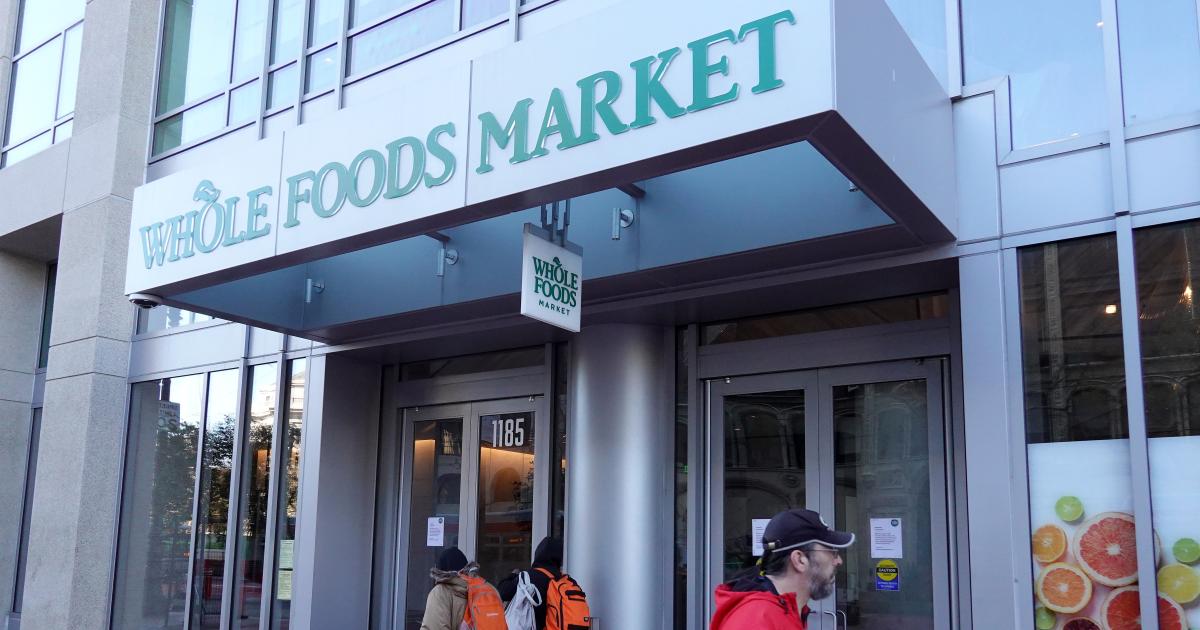- California
Whole Foods opened a nearly 65,000-square-foot flagship supermarket in San Francisco’s South of Market neighborhood in March 2022. But just one year later, shoplifting and safety concerns for the store’s workers have led Whole Foods, now owned by Amazon, to close this location.
San Franciscans face about a 1-in-17 chance each year of being a victim of property or violent crime, which makes the city more dangerous than 98 percent of all US cities. To put this in perspective, San Francisco’s crime rate is about 42 percent higher than that of Compton, California, one of California’s a major cocaine distribution center that has suffered from drug-related gang violence dating back to the 1980s.
Crime, drug abuse and associated homelessness, a high cost of living, and a dysfunctional city government are reasons why San Francisco lost over 70,000 residents since 2019, representing more than 8 percent of its population. The closing of Whole Foods highlights that San Francisco is also losing its businesses—and not just tech businesses, which some in the city blame on the pandemic rather than the city’s chronic problems with crime, drug abuse, and homelessness.
The Whole Foods megastore, which was more than 60 percent larger than the average Whole Foods store, was supposed to be one of the foundations of the Trinity Place development, an enormous, mixed-use complex on a four-acre site that includes 1,900 apartments and that fully opened last spring after an 18-year planning process, delayed by dysfunctional city politics and drawn-out environmental reviews.
The city had hoped that Trinity Place would be the marquis development that would create a new vision for a neighborhood that has been beset with drug use and crime. But the Whole Foods closure shows that even a one-off development with stunning architecture and amenities galore, including an outdoor art gallery, can do only so much.
It may be the case that “if you build it, they will come,” but what we have learned here is that there is no guarantee that those who come will stay. And so now, 65,000 square feet of high-end retail space will sit unused.
Crime and concerns of employee safety hit Whole Foods shortly after the store opened last spring. Whole Foods employees have reported how shoplifters would enter the store with empty suitcases, fill them with high-value products, primarily alcoholic beverages, ice cream, and kombucha (a fermented drink made from tea), and then leave via a back elevator. Other employees found that the store’s restrooms had become drug-shooting stations, with used needles, drug pipes, and trash littering the restrooms, along with vomit, urine, and blood on the bathroom floors and graffiti on the walls.
The store responded to this by reducing its business hours, opening at 9 am instead of 8 am, and closing at 7 pm instead of 9 pm; hiring additional security guards, with a minimum of three guards on duty; and requiring that those using the restrooms obtain a QR code from store security to scan to enter. But despite these changes, Whole Foods concluded that it simply wasn’t willing to risk its employees’ safety and closed shop.
The store’s employees have been transferred to other Whole Foods stores. Whole Foods indicated it would consider reopening if it can protect its workers. Reading between the lines, this means that Whole Foods will consider reopening if San Francisco cleans up the South of Market neighborhood and provides adequate police presence on the street.
San Francisco Board of Supervisors member Matt Dorsey, who lives in the neighborhood, said he was "incredibly disappointed but sadly unsurprised" with the decision.
“Our neighborhood waited a long time for this supermarket, but we’re also well aware of problems they’ve experienced with drug-related retail theft, adjacent drug markets, and the many safety issues related to them,” he added.
San Francisco retail stores have been fighting an uphill battle for years. Shoplifting raises costs not just through merchandise theft but also through higher insurance premiums, higher security budgets, and higher employee turnover. A small San Francisco retailer, Alex Volkov, remarked “We have been robbed many times, often people try and take razor blades or detergent and run out. Last year a woman tried to run out with a lot of baby formula during a time of shortage. And what did the police do? They caught them and everything, but the next week, there they were outside the store again. This time next year I’ll probably be in Stockton. I’m finishing up a lease agreement there. I just want to live in a city with justice, where people who steal don’t keep coming back. I can also talk to you about drug addicts here, but I don’t want to keep you on the phone for an hour.”
While open-air drug abuse on city streets is largely confined to a few neighborhoods, crime has spilled over throughout the city. Merchants in Hayes Valley, an upscale neighborhood with high-end shops and expensive restaurants, have been closing due to crime issues, while others are arming themselves with tasers for protection.
At a Hayes Valley community meeting with San Francisco Police captain Derrick Jackson and city supervisor Dean Preston, merchants indicated that they had no confidence in the police being able to protect them and wanted to know what the city was planning on doing to preserve their safety. Captain Jackson spoke none too subtly about the City’s substantial shortage of police officers, and how a shortage of cops was impacting public safety. Supervisor Preston then remarked that the community needed more “community ambassadors” and other alternatives to policing of the neighborhood. So, if you were wondering if the city’s Board of Supervisors is listening at all to what is going on with city businesses, now you have your answer.
San Francisco is paying the price for de facto solicitation of drug abuse as well as for tolerating the crime and declining quality of life that accompanies drug abuse. Seventy thousand people have left the city. Hundreds of businesses have left. The city’s downtown, which was once home to the hottest tech sector in the country, now has vacancy rates approaching 30 percent. Because of these losses, the city is facing a $780 million budget deficit over the next two fiscal years. And no number of community ambassadors can fix any of this.







